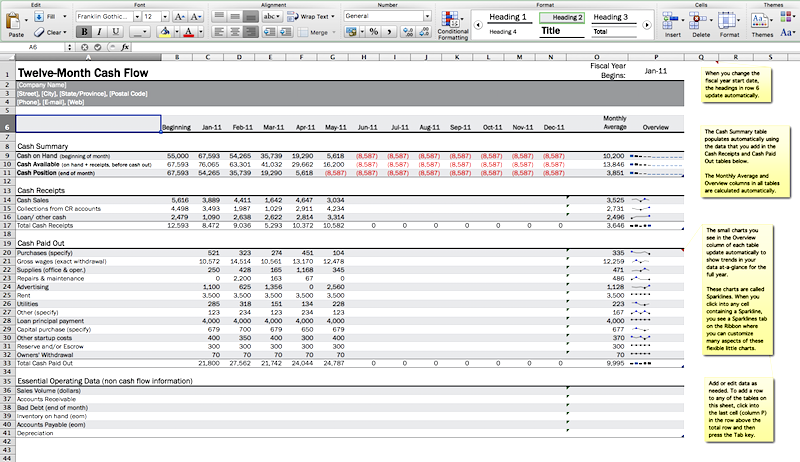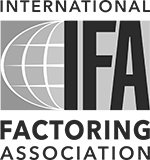7 steps to create your cash flow budget

For companies to grow and thrive, they need to have adequate cash flow so they can fulfill financial obligations such as paying salaries, vendors, suppliers, loans and investing back in the business.
As explained in part one, a cash flow budget shows you exactly how much cash is coming in and how much is exiting the business accounts.
Here are the steps to prepare your own cash flow budget:
1. Find the right tool

If you want to roll up your sleeves, you may already use a budgeting tool or software that can help you prepare your cash flow forecast. If not, a straightforward starting point is Excel’s cash flow template. If you have an accountant or bookkeeper, they will have likely already prepared a cash flow statement in the past and have a format recommendation that follows your previous financial reporting.
2. Set a time frame
Often, cash flow budgets will be prepared for six months or a full year in advance. Depending on whether you’re preparing this statement for yourself or for the purpose of securing financing, set your time frame and get ready to gather all the required information for that period.
Many businesses forecast on monthly timeframes, but some may need to know cash flow on a more regular cadence — weekly or bi-weekly.
3. Prepare a sales forecast
How much revenue do you expect to bring in during each month? You may base this on past months, years or projected sales forecasts. Then map out the expected sales forecast for each month of the year. Remember there will be fluctuations based on actual sales and changes in the market, as well as new customers added to your client list.
4. Project cash inflows
This is your “cash in” that includes all forecasted sales — both cash sales and those for customers who pay on credit.
Also consider the terms of collection you offer customers, as your cash inflows will come after the actual date of sales. For example, if you sell $10,000 on January 15 with a 30-day term, then you should project $10,000 in your February inflow. However, if your clients typically pay late, you may want to be conservative and project that inflow in March.
5. Project cash outflows
This is your “cash out” and includes your fixed expenses based on scheduled payment dates as well as any variable expenses. Don’t forget to expect projected expenses such as plans for new equipment purchases or hiring additional staff. Ensure these are allocated in the right month, which may depend on payment terms and when you actually expect to make the payment.
Some main cash outflows might include:
- Purchases
- Payroll
- Office supplies
- Building repairs & equipment maintenance
- Advertising & marketing
- Rent & utilities
- Insurance
- Loan payments
- Capital purchases
- Any owner withdrawals
6. Calculate the ending cash balance

Here’s where the calculations happen. If you’re using software like Excel, create a formula to add up all your cash inflows for each month and then your cash outflows for each month. The difference will show your monthly cash balance — which is your cash on hand.
Your cash on hand should also include the amount in your bank account, petty cash and any other cash accounts you might have. Positive numbers are your friends.
7. Set a minimum cash flow balance
Determine how much cash you will need to have on hand every month. Start by looking at the minimum amount needed to cover all expenses and ensure you aren’t left in a cash flow deficit. Then factor in growth opportunities, investments back into your business and other variable expenses to include in your budget.
Be proactive to avoid future deficits
Once you know how much you need to meet your minimum financial obligations and how much you will need for future growth, review your monthly forecasts. If there are months where you are falling short, you’ll want to be proactive.
Now is the time to take action and find a way to raise capital. If your cash flow budget reveals that your business might fall short in the coming months, invoice factoring and other alternative funding solutions could help.













